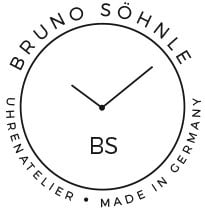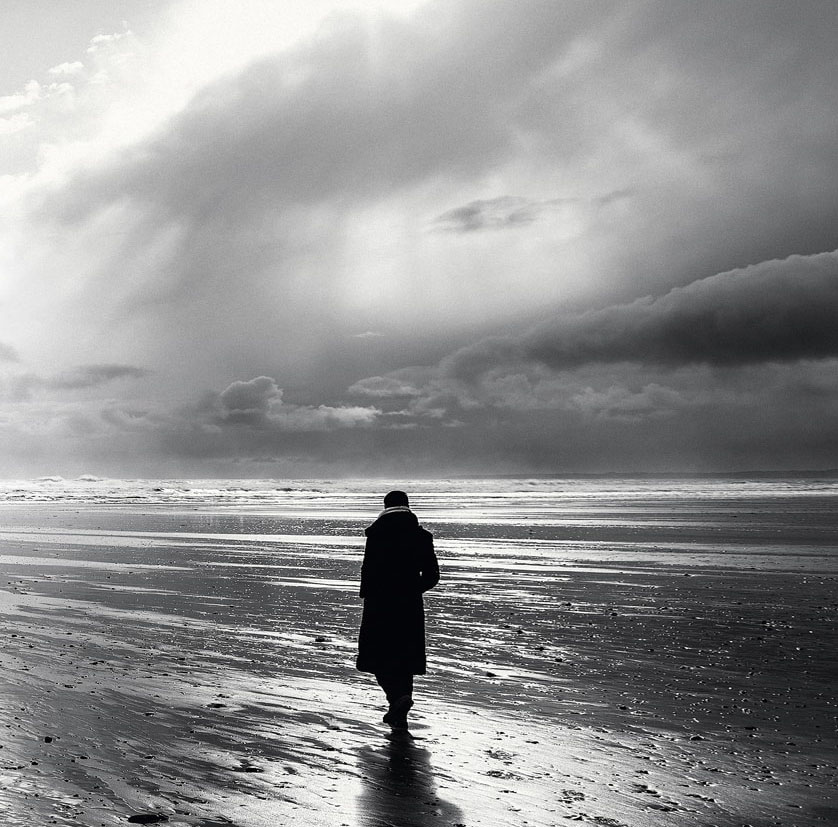A Glashütte Brand – Find Out All About Bruno Söhnle watches
In the town of Glashütte, in the area of Eastern Germany known as Saxony lies the home of German watchmaking. Bruno Söhnle watches are one of the eleven manufacturers who call Glashütte their home along with 7,000 inhabitants, many of which are actually employed in the industry of watchmaking by those local manufacturers! Historically the area was home to many more watchmaking companies until the end of the Second World War when the area came under Soviet control as part of what was classed as East Germany. Then, in 1989, when the Berlin Wall came down and East and West Germany were reunified, much of the watchmaking industry had been lost but the spirit remained.







